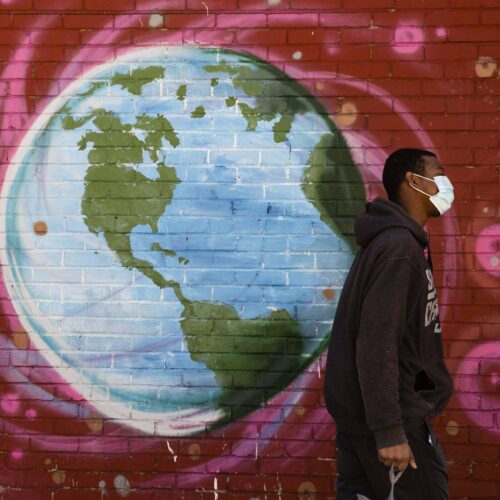Introduction
We’re continuing our series featuring journalists who have written powerful stories. Since we couldn’t get outside to celebrate Earth Day this year, we stayed in and read Lylla Younes’s ProPublica story on how new chemical plants are still moving into a notoriously polluted area of the country.
Younes grew up near the area — deemed “Cancer Alley” — and she wondered why no one had ever mapped the air pollution there before. Her months-long investigation found that places with the worst air quality were seeing the most new development.
1. How did you get the story? What led you to pursue it?
“Cancer Alley” is this stretch of land along the lower Mississippi River that gets its name from the concentration of chemical plants there. The area has gotten a lot of attention this past year because a number of large new plants are slated to be built there. My colleague Al Shaw and I were interested in quantifying just how bad the air is in this area actually is. We also wanted to know exactly where these new plants are being built, so we could figure out if the communities around them are already experiencing a lot of air pollution. We found this incredible EPA model, which estimates toxic chemical concentrations in the air around chemical facilities. And then we mapped the new projects getting permits. After that, the story was right in front of us.
2. What were the challenges of reporting and how did you navigate them?
EPA models, which estimate chemical concentrations, yield pretty massive datasets that are difficult to use. So you can imagine, one of the great challenges of our investigation was wrangling that data in a way that made it usable and understandable.
In response to criticism about new industrial development, Louisiana officials will often say that they modeled the emissions of the new plant and verified that they do not violate the state’s air standards. But a computer model does not exist in a vacuum — policy decisions underlie the inputs of that model.
Takeaway: Sometimes you don’t need to look that far to find a great story.


Join the conversation
Show Comments